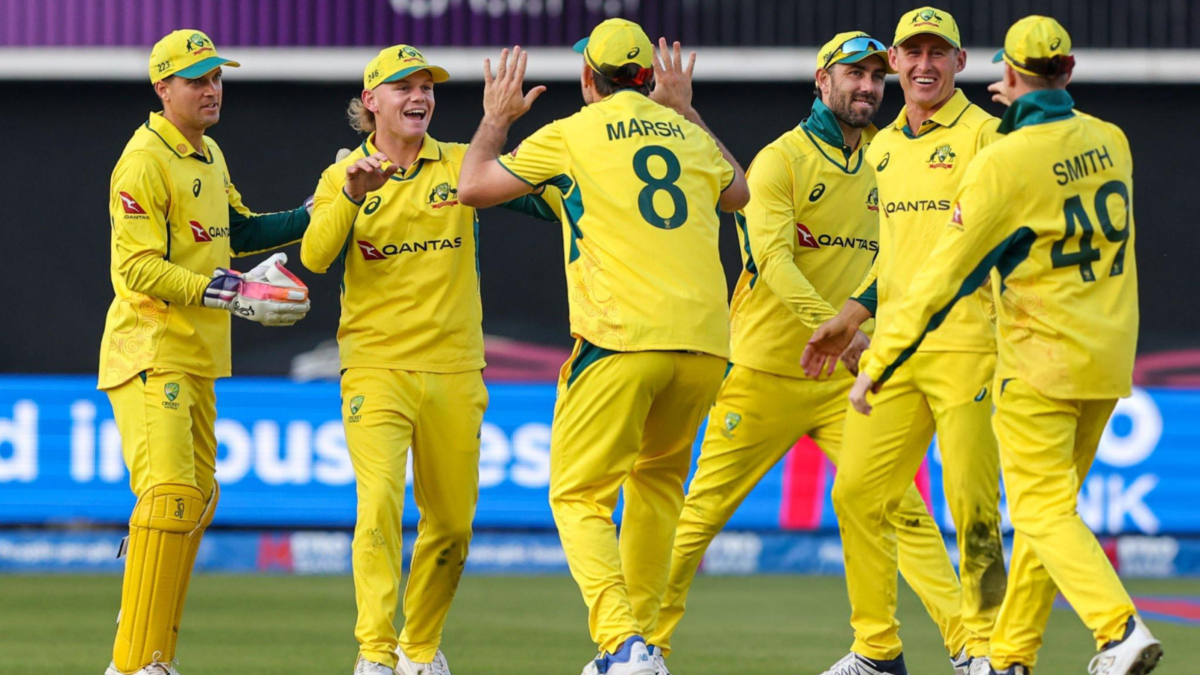
The biggest disappointments have been two highly rated youngsters.

Australia are going through a transition, and their most arduous task has been to find suitable openers across formats. Only Travis Head is well-settled, but he opens in white-ball formats only and needs a partner even in these formats. In Tests, Australia had Usman Khawaja doing a fabulous job for several years, but his recent form has tapered off, and his slowing reflexes are showing.
The issue began with David Warner’s gradual retirement from each format, leaving a significant void at the top of the order. He was their all-format opener and was magnificent for many years. Hence, Australia were always going to find it hard to find his successor.
Even though they have tried a few options, some of them have been heavily disappointing. The biggest disappointments have been two highly rated youngsters – Sam Konstas and Jake Fraser-McGurk. Both have been tried in different formats, but the results have been far from ideal.
When David Warner retired, he publicly endorsed Jake Fraser-McGurk to succeed him with a story on his Instagram account. McGurk had also arrived on the scene on the back of his blazing batting performances. He was aggressive, ruthless, and stylish, which naturally excited the selectors and team management.
In fact, he started his international career with a quickfire 41 in an ODI against the West Indies in just his second game. But his form tapered off soon. Overall, he has 213 runs at an abysmal average of 14.20 in 15 international games, comprising a fifty.
He hasn’t played even 15 balls in his last nine outings and was also dropped at one point. The biggest reason for his early downfall is his inability to adapt and evolve. He always had a faulty technique, but since he was an unknown commodity with the ability to strike big, he got away in the initial phase.
Then, the pitches were also mostly flat on most grounds he played on. However, once he reached international cricket, the challenge was monumental because teams are smarter and more skilled. With ample footage available, his shortcomings were soon found out, and he struggled to score runs everywhere.
Most of his game is based on minimal foot movement and premeditating the lines and lengths of the ball, and he throws his hands towards it. But teams have been wise to bowl away from him and keep the lengths shorter to stay away from his downswing. That has been one of the significant reasons for his downfall lately.
Consequently, McGurk has been dropped from Australia’s side for the upcoming South Africa series. He must work on his technique and evolve as a batter to succeed across T20 leagues and international cricket. Australia would be wary of not rushing him back into the setup, and the talented batter can soon become out of contention for a long time if he doesn’t improve.
ALSO READ:
Sam Konstas has been really unlucky to start his Test career in this era. He made his debut in the Border-Gavaskar Trophy 2024/25, where pitches were treacherous, but he was impressive in his initial game. He scored a quickfire 60 on his debut innings and raised hopes, as McGurk did.
However, he couldn’t back this start with more consistent performances. Since his debut innings, Konstas hasn’t scored more than 25 runs even once and has been dismissed in single-digit scores five times in nine attempts. Overall, he has 163 runs at an average of 16.30 in ten Test innings, including a fifty.
It’s harsh to completely blame Konstas, given that the surfaces have been arduous for batters to bat. However, he also has a faulty technique, which has not helped him adjust to the conditions. He bats with a setup where his foot can often go across, and his front shoulder loses, forcing him to play just with his hands.
He is more suited to the conditions where the ball doesn’t move much, but such conditions are arduous to find. His problems exacerbate since he opens the innings, where the movement is mostly the highest. At a stage when Australia expected him to seal his spot, Konstas finds himself on the verge of getting dropped.
It’s obvious to get excited by the amount of talent McGurk and Konstas possess. Both have been highly rated and predicted to achieve big things. The team management decided to fast-track them into the national team, but the drawbacks of this move are visible early in their careers.
McGurk has played only 17 First Class and 27 List A matches, seven of which are ODIs. Meanwhile, Konstas has collectively played 20 First Class and three List A games in his career. So, they are clearly underprepared and don’t understand the ups and downs.
Had they played more domestic cricket, these two would have understood what it takes to adapt to different conditions and how to come up after a few failures. Hence, Australia should ask them to play more domestic cricket and gain some more exposure while working on their flaws. With age on their sides, both can improve and be recalled into the setup.
Australia often hand late debuts, but the temptation to have these two was understandable. But maybe they are not ready yet, which is not surprising. The international experiment must end, and McGurk and Konstas should be sent to the domestic arena to figure out what needs to be improved.
For more updates, follow CricXtasy on Facebook, Instagram, Twitter, Telegram, and YouTube.